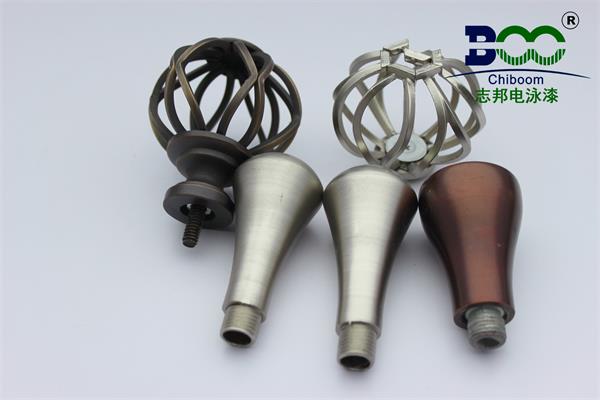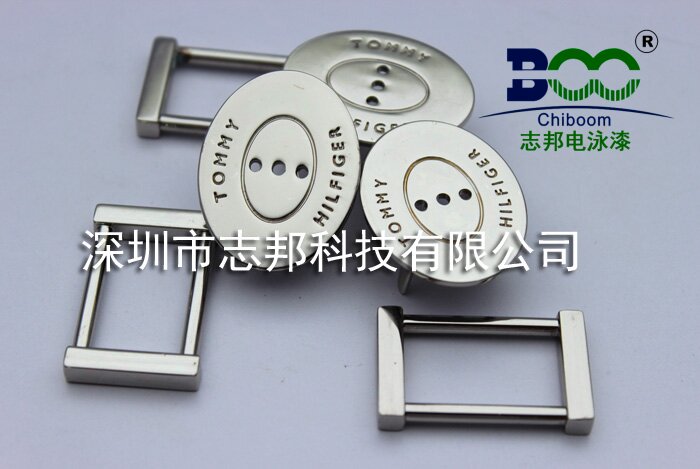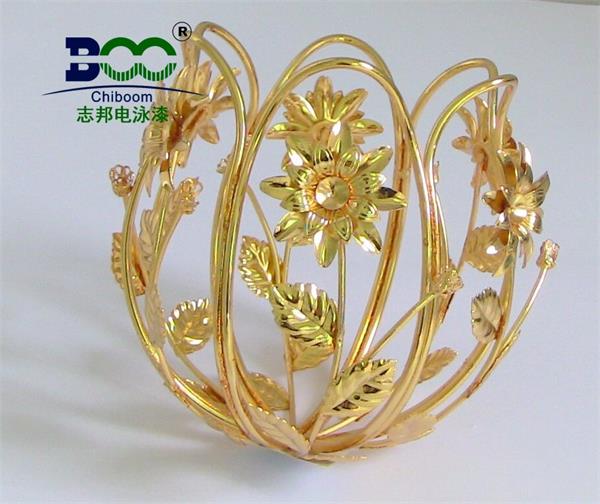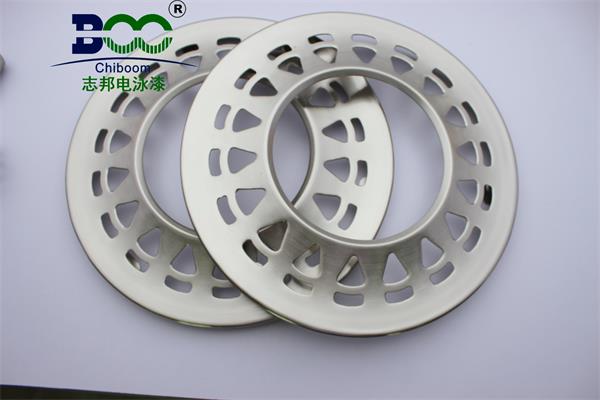Electrophoretic Painting Bubbles: Causes and Solutions
Electrophoretic painting defects, particularly bubbling, are a frustrating issue for many industrial manufacturers. It not only affects the appearance of the product but can also reduce the protective properties of the coating, even leading to product scrap. While electrophoretic painting technology is widely used in the automotive, appliance, hardware, and medical device industries due to its efficiency, uniformity, and environmental friendliness, the occasional occurrence of paint film bubbles is a problem that cannot be ignored. So, what exactly causes bubbling in electrophoretic painting? This article will delve into the causes of bubbling and provide corresponding solutions to help readers better understand and address this issue.

The causes of bubbling in electrophoretic painting are complex and involve multiple factors. Firstly, inadequate pretreatment is a significant cause. If contaminants such as oil and dirt on the workpiece surface are not thoroughly removed, they will affect the adhesion and electrodeposition effect of the electrophoretic paint, leading to defects like pinholes and bubbles in the paint film. Similarly, if rust and mill scale on the workpiece surface are not completely removed, they will react with the electrophoretic paint, producing gas, which in turn causes the paint film to bubble. In addition, an uneven, incomplete, or too thin phosphating film will also affect the adhesion and corrosion resistance of the electrophoretic paint, resulting in problems such as bubbles and peeling of the paint film.
Secondly, issues with the electrophoretic bath solution are also a key factor. If impurity ions, such as sodium, calcium, and magnesium ions, are mixed into the bath solution, they will disrupt the stability of the bath, leading to defects like particles and pinholes in the paint film. At the same time, the solvent content, pH value, and solid content of the bath solution also need to be strictly controlled. If the solvent content is too high or too low, it will affect the leveling and drying properties of the electrophoretic paint, which can lead to… The equipment may malfunction, leading to bubbling of the paint film. Therefore, regular inspection and maintenance of equipment are important measures to ensure the quality of electrophoretic painting.
Finally, the design of the workpiece is also an important factor. If the material of the workpiece is not properly selected, or the surface condition of the workpiece is poor, such as roughness, pits, and welds, it will affect the adhesion and electrodeposition effect of the electrophoretic paint, thereby causing the paint film to bubble. Therefore, selecting the appropriate workpiece material and optimizing the surface condition of the workpiece are important measures to improve the quality of electrophoretic painting.
In conclusion, bubbling in electrophoretic painting is a complex problem that requires analysis and solutions from multiple aspects. By strengthening pretreatment control, such as thoroughly removing oil, dirt, rust, and mill scale from the workpiece surface, and ensuring the uniformity and integrity of the phosphating film, the occurrence of paint film bubbling can be effectively prevented. At the same time, strictly controlling bath solution parameters, such as regularly testing and filtering the bath solution, and controlling solvent content, pH value, and solid content, can also effectively prevent paint film bubbling. In addition, optimizing process parameters, such as selecting appropriate voltage and time, controlling the temperature of the electrophoretic bath solution, strengthening equipment maintenance, such as regularly inspecting and maintaining anode systems, stirring systems, and filtration systems, and improving workpiece design, such as selecting the appropriate workpiece material, optimizing the surface condition of the workpiece, and reducing surface roughness, pits, and welds, are all effective measures to prevent and solve the problem of bubbling in electrophoretic painting. Through these measures, we can improve product quality and production efficiency and promote the further development of electrophoretic painting technology. It is hoped that the introduction of this article can help readers better understand and solve the problem of bubbling in electrophoretic painting.





 WeChat
WeChat